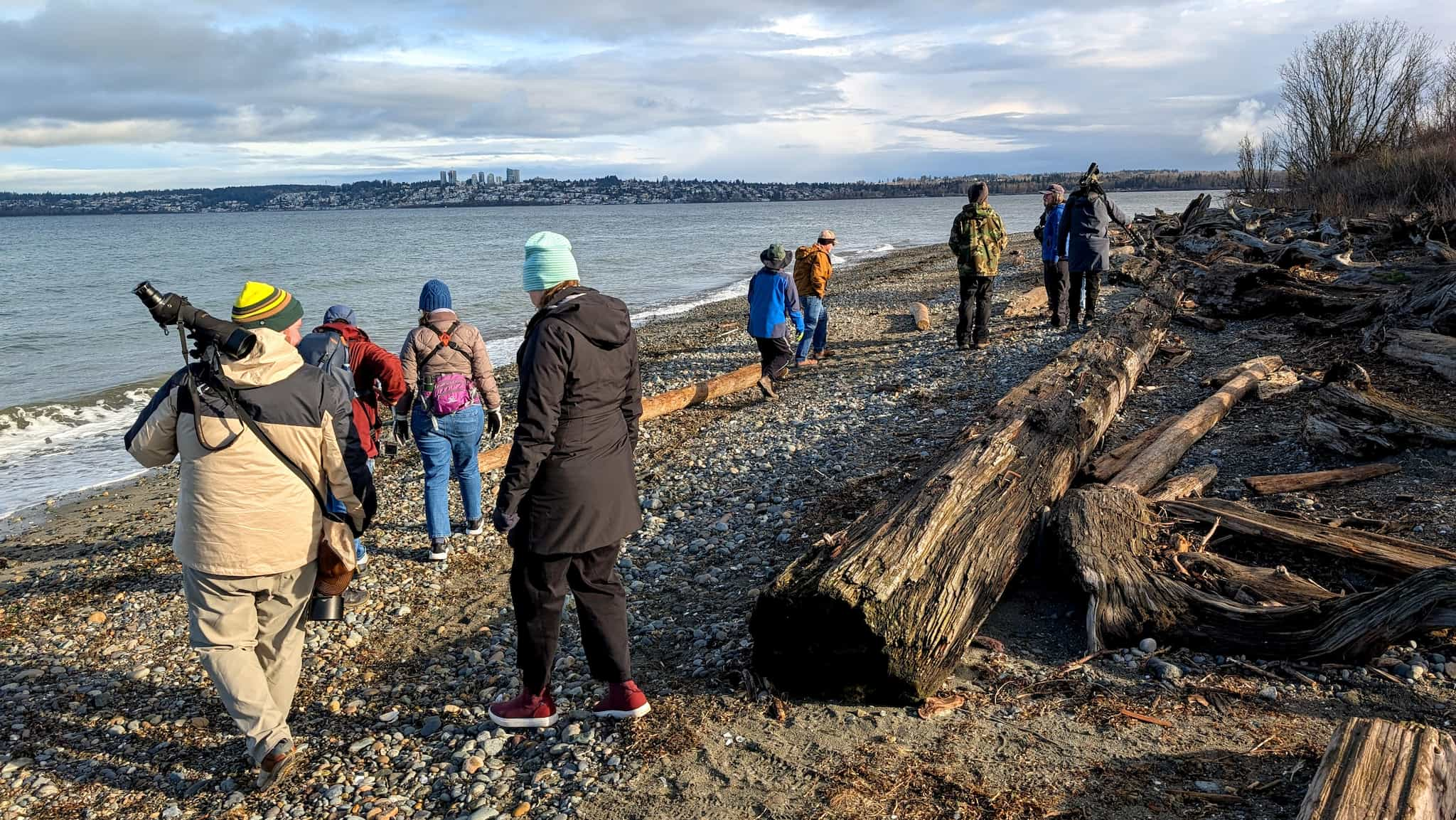
Wings Over Water Birding Weekend 2025
This month I attended the Wings Over Water Birding Festival in Blaine, Washington. This was the first birding festival I’ve attended but I had been wanting to do more social birding events. We got the idea when a family member recently moved there and my wife and I stayed at their house less than 10 minutes away. I wasn’t sure what to expect and the schedule wasn’t posted on the website until a month and a half before the event. It was actually a packed schedule of talks, field trips, guided bird walks, a busy conference hall, and some manned birdwatching stations around Drayton Harbor and the surrounding bays. Unfortunately many of the activities were filled by the time I registered. But I did sign up for the birding cruise.
Festival Activity Day
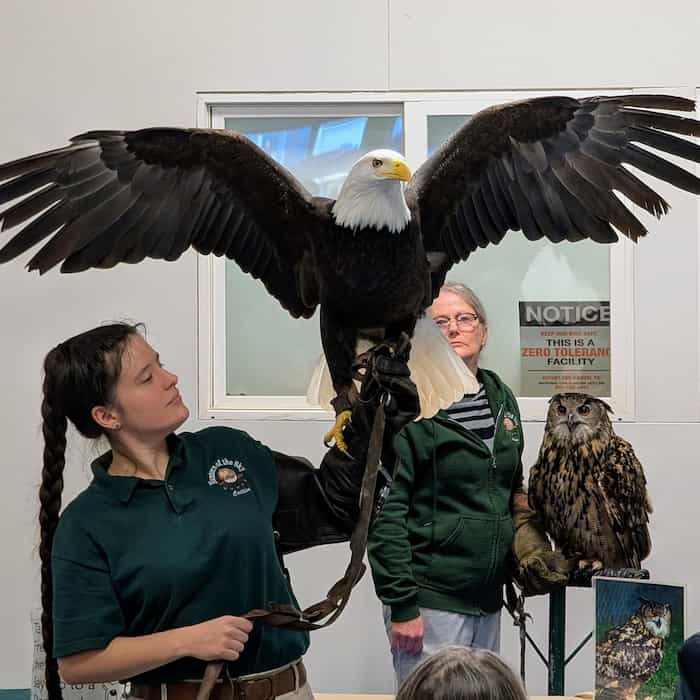
On the first day, we attended a talk with David Drummond, an eccentric wildlife biologist who gave a talk on different owl species. It was a condensed version of a multi-class course so he moved quickly through the content giving lots of interesting owl facts and showing some cool photos. Owls really are incredibly specialized hunters, some able to pinpoint the location of a rodent under the snow purely by sound. But even within the owl population, there is lots of variation. As David talked through several different owl vocalizations, I felt inspired to try to find a few more species of owls myself.
From there we went to the main hall, which was full of artists, conservation orgs, and volunteers with activities for children. One organization, Sardis Raptor Center brought in 3 birds for a family friendly presentation. It was a little hard to hear, but they talked about the specialties of each species. There was a Barred Owl, a Eurasian Eagle Owl, and a Bald Eagle. It was really cool to see some owls in person right after the talk describing their biology. While not native to the Americas, the Eurasian Eagle Owl’s size and active personality was particularly impressive. It made the Barred Owl look small in comparison. But from the talk earlier, I had learned that America’s smallest owl, the Elf Owl is even smaller than a robin. We also learned about the different fishing styles of Bald Eagles vs Ospreys. They have different claw arrangements, different approaches to finding fish, carry the fish differently, and have very different hunting styles. Ospreys will actually splash down into the water to grab fish, while eagles try to pluck fish off the top of the water while staying dry.
Birding Cruise
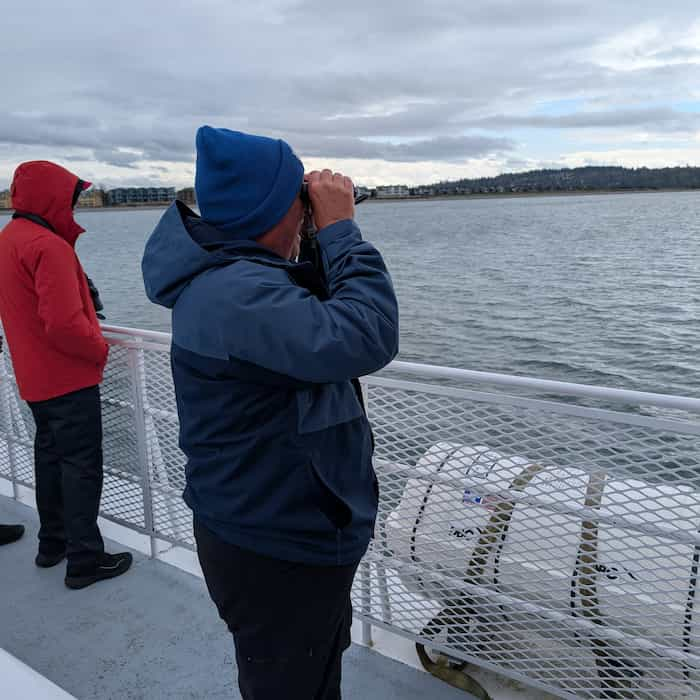
After leaving the conference center, my father-in-law and I boarded a boat for a trip around the harbor. Historically, I’ve struggled to identify birds that are out in salt water. The similar colorations and constant waves make it hard to distinguish species. So it was really helpful to be on the top deck of a boat with other birders able to call out where different species were. We didn’t go very far in the boat but we saw a lot of birds. While on the boat I saw 4 new species, including a Yellow-billed Loon. The weather was cold exposed to the wind, but thankfully we had a break in the rain and could stay dry.
In the evening, I attended the Keynote presentation by Lyanda Lynn Haupt. She gave a passionate presentation about how inspiring the avian world is both in it’s complexity and it’s familiarity. She also shared her experience raising a Starling in the process of writing one of her books.
Guided Hikes
I spent most of Sunday on field tours. I met a group at 9 AM for what was scheduled as a 2 hour tour, but was clarified as really a 3 hour hike. We took 4 hours to reach the end of the 1 1/4 mile Semiahmoo spit, a narrow stretch of land separating the harbor from the larger bay. We mostly saw Surf Scoters, White-winged Scoters, Buffleheads, and Red-breasted Mergansers. But the Harlequin Ducks were some of my favorites because of their flashy coloring. We discussed the differences between Greater and Lesser Scaup, or rather the lack thereof.
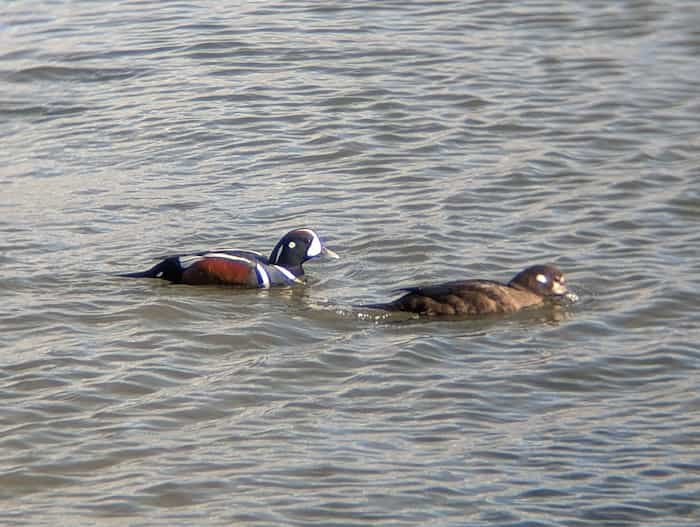
By the end of the walk, I developed a reputation for being one of the first to spot a new species. Living where hummingbirds are very active, I quickly recognized the movement of an Anna’s Hummingbird, and saw the Sanderlings among the Black Turnstone. But my proudest moment was probably spotting the Black Scoters far out in the bay. They were a new species for me and one several people had been on the lookout for. I did struggle to differentiate the different loon species and didn’t find a Pacific Loon all day.
In the afternoon, I went to Birch Bay where a considerably larger group of birders wandered on the beach as we tried to get close to a flock of Brant. It was pretty funny when a Bald Eagle flew over, and scared the flock before we could reach them. We talked a little about gulls, even seeing a Western x Glaucous-winged Gull hybrid with light gray wings, but black wingtips. From the beach we headed inland, where our guide taught a lot about native plants. There were plenty of Chestnut-backed Chickadees, but the Brown Creepers were the singers we most talked about.
Skagit County
Not technically part of the festival, but on Monday we headed to Bekah’s uncle’s cabin in Skagit. We stopped by to see him and pick up some milled lumber from his property. The area has some great birding spots, so I stopped a couple places on our way out. There were lots of American Robins and European Starlings in the fields. But the highlight for me was the 140 Trumpeter Swans on a random farm with some Northern Pintail. For my first time seeing the swans, I couldn’t believe how big they were next to the ducks.
King County
At the end of the trip, we drove to Ballard to see a friend. Other than visiting the Ballard Locks, I didn’t do much birdwatching. But in the city, it’s always interesting to see how the birds coexist with people. Whether that’s some Canada Geese on a park field or Dark-eyed Junco darting across a walkway, they all make the most of the spaces people create, even if they aren’t wanted.
Summary
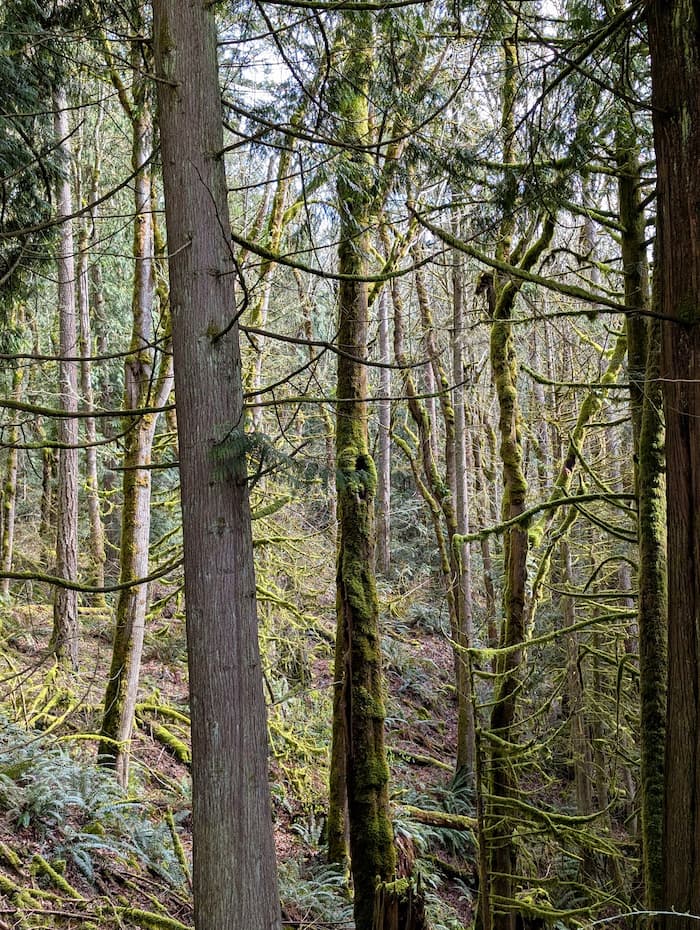
While it was colder than San Diego, we ended up having great weather for the time of year. I was really glad I was able to spend so much time outside. What was really fun about this birding trip is that I had people with me for most of it. Some were experienced birders I could learn from. Others were friends who were great company.
I was also happy with the birding festival. It was small, and the age demographics expectedly skewed much older than me, but it was fun to see what other people were interested in. Every birder has their own specialties and style, so it was interesting to see how I fit in. I was happy to know I’ve developed some decent skills over the last few years. I sometimes feel embarrassed by some of the relatively common birds I still haven’t seen or that I struggle to ID. But with a lot of the traveling I’ve done, I’ve learned how to quickly pick up on what to look for in a new species.
Next year, I’d like to check out the San Diego Bird Festival. I imagine it’s quite a bit bigger, but it’s relatively close to home. I’m also trying to figure out how to get connected with some local birding groups. I’ve only gone on one hike with other birders in the area and I’d like to do that again but so far I haven’t prioritized it. After this experience I’m much more inclined to connect with other birders as a way to get outside more, learn about different species, and make more connections.
Washington Stats
- New Species: 20 (8 Lifers)
- Trip Species: 51 + 1 hybrid
- Trip Species Photographed: 9
- Total Species: 93
- Trip Checklists: 18
- Total Checklists: 86
Responses
See how to respond...
Respond via email
If you'd prefer to message me directly, send an email. If you'd also like your message to be visible on the site I can add it as a comment.
Reply via Email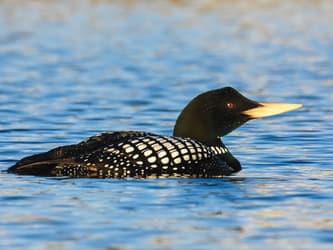
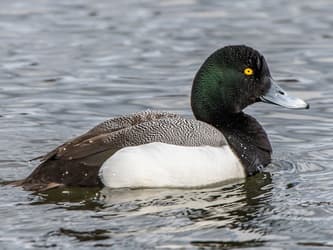
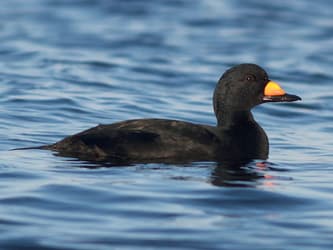
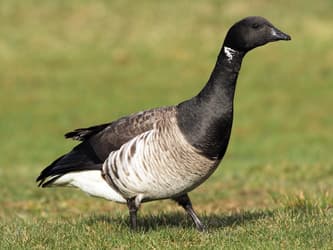
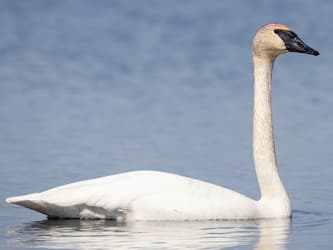
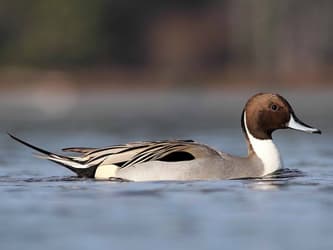
Respond from another site
Responses are collected from posts on other sites. Have you posted somewhere that links to this page? If so, share the link!